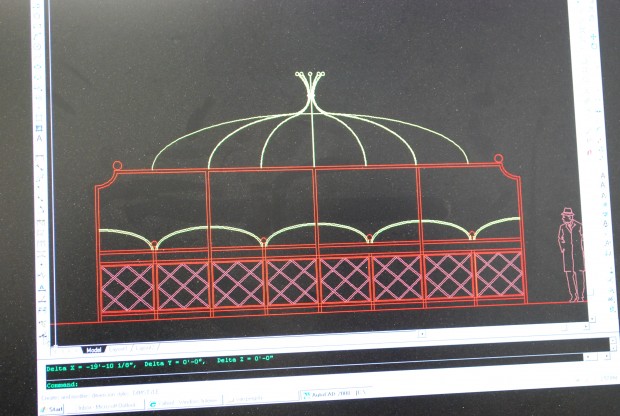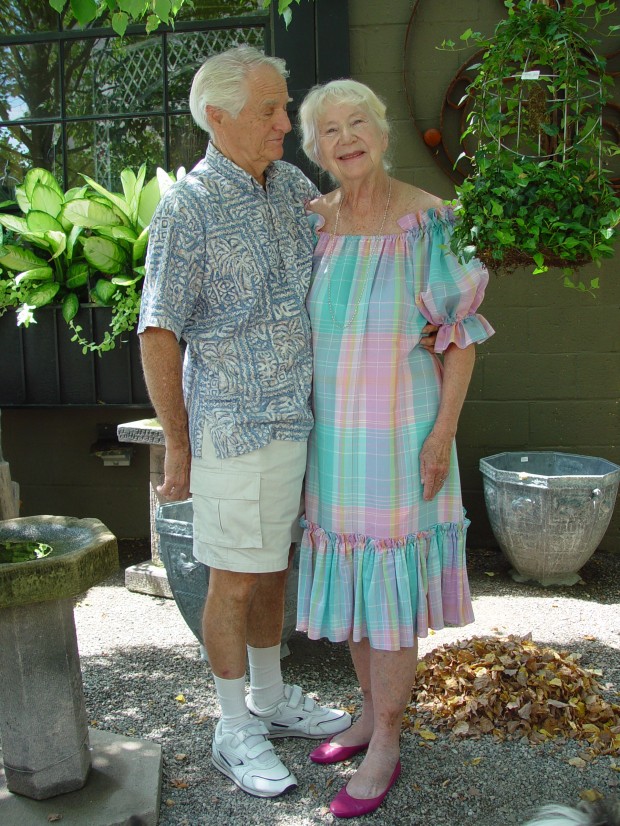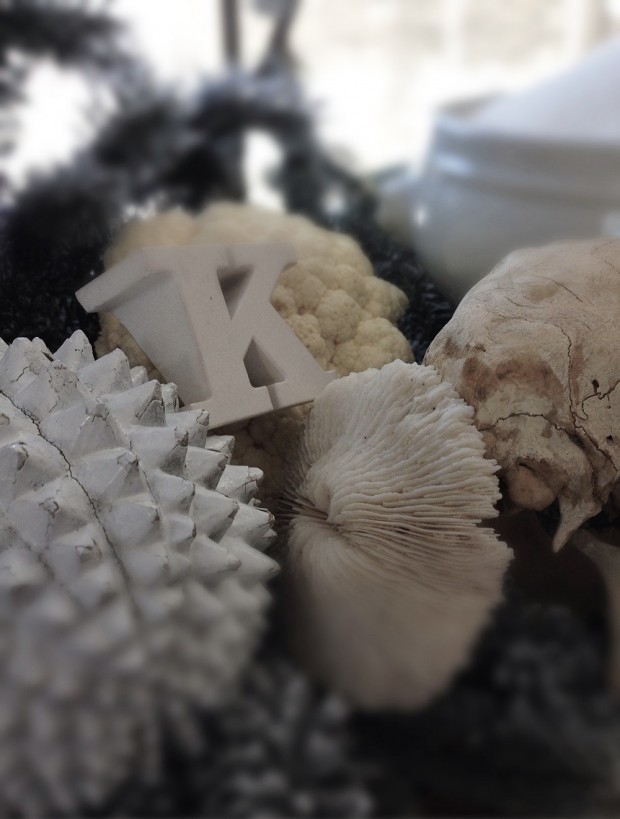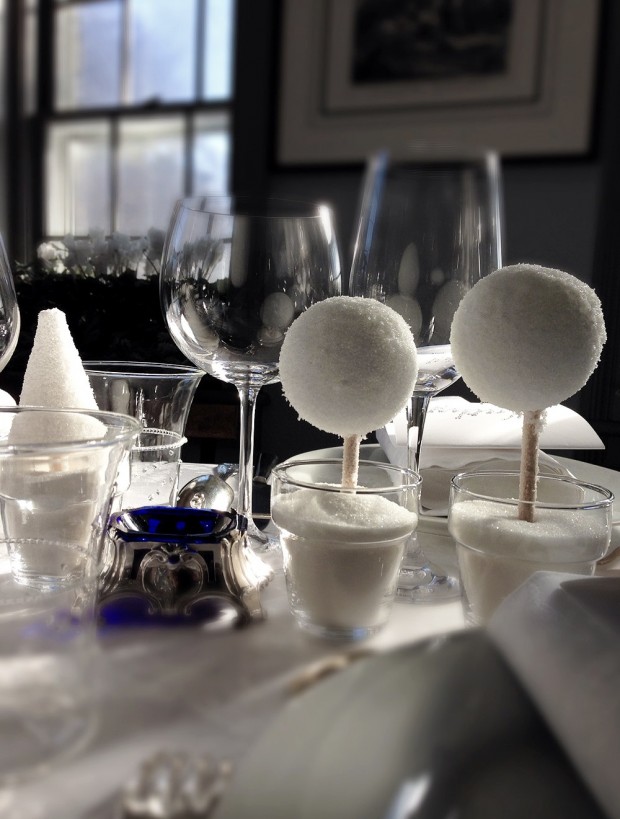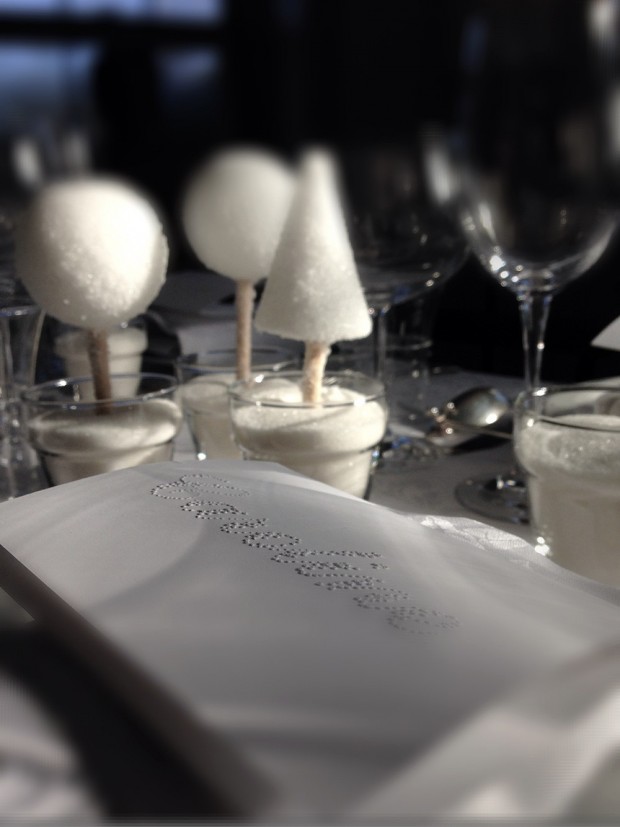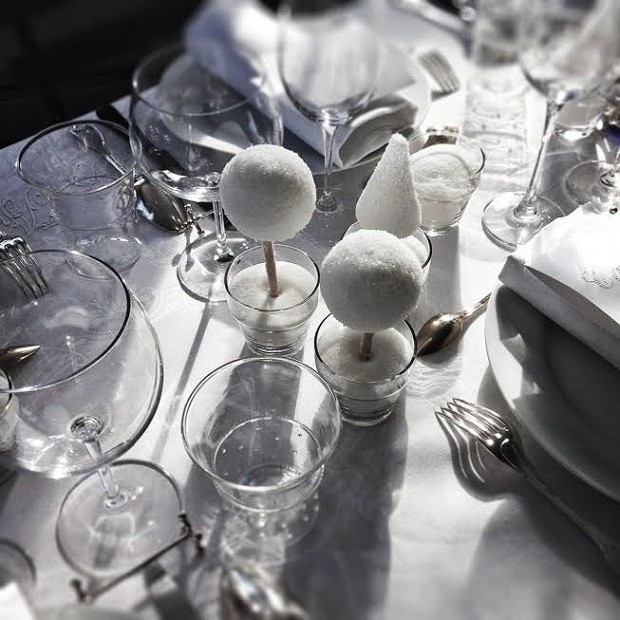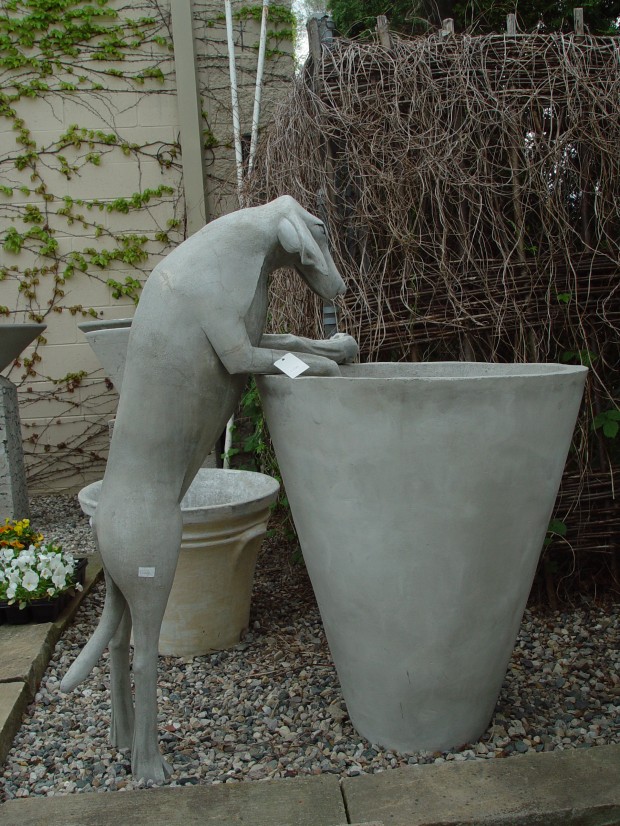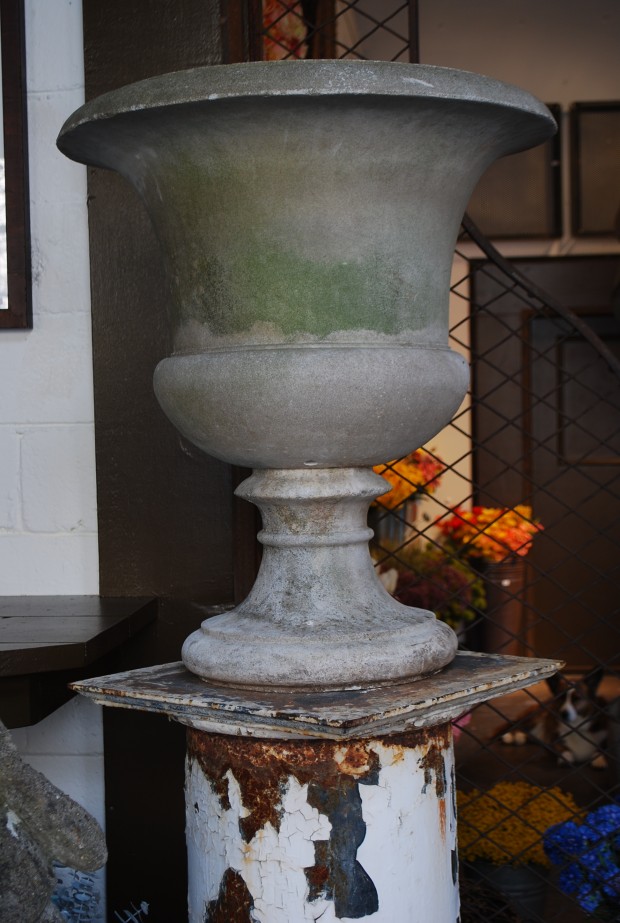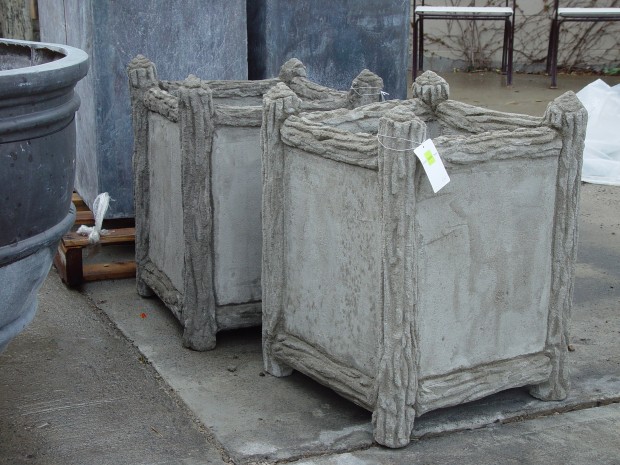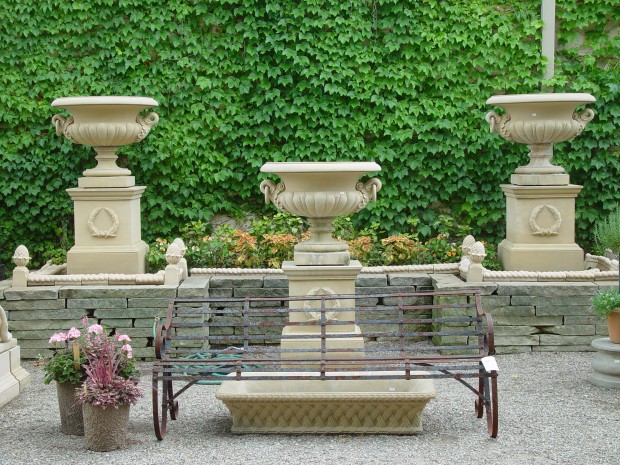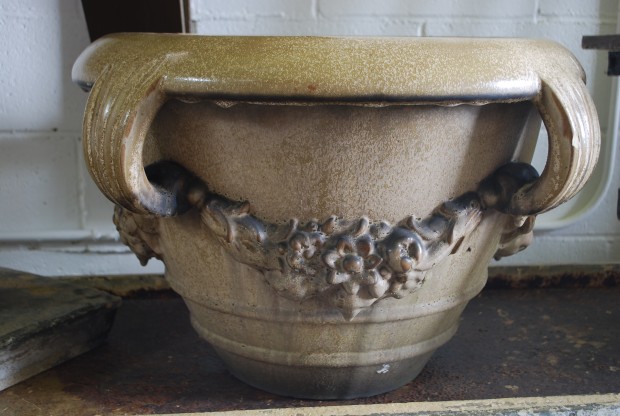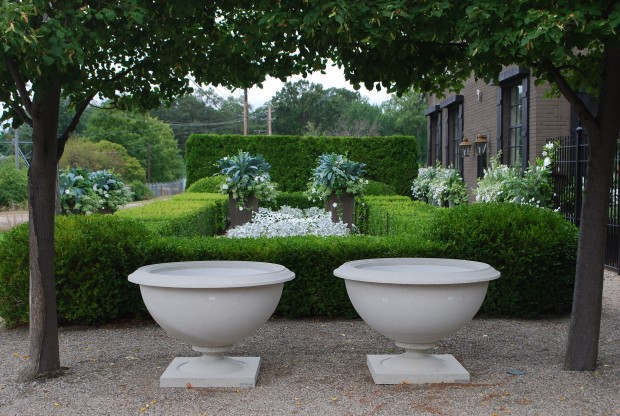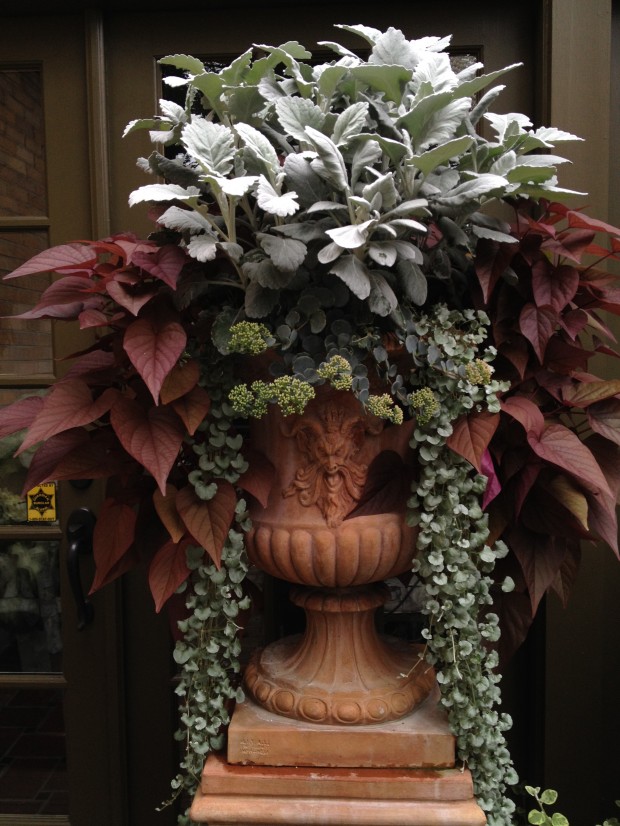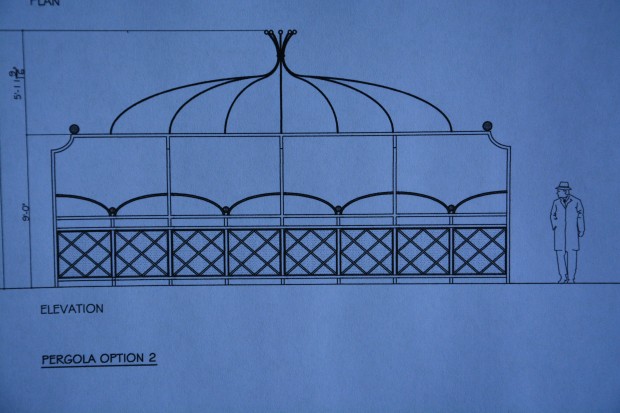
Whenever Buck does a CAD drawing for a project, or an object, he includes a drawing of Man 01. For those of you who do not do design drawings on a computer, CAD stands for computer assisted design. This line drawing of a man who is 6′ tall is stored in his computer as a “block”. Buck has thousands of blocks stored in his computer. Those blocks are stored drawings of shapes and forms he uses over and over again. Pasting a block into a drawing means he does not have to draw that portion from scratch. An entirely new shape will require a drawing from start to finish. A complicated design for an object to be made can take many hours to draw.
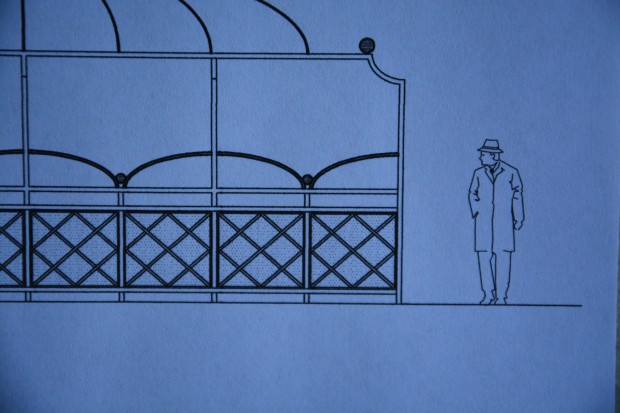
I have watched him translate an idea into a precisely rendered drawing. Who knows how long ago it was that he learned the language of this two-dimensional design program. It must be a long time, as his fingers fly over the keyboard of his computer faster than my eyes can follow. I see lines drawn to precise lengths that connect to other lines, which finally, and exactly, describe a form. Down to the last 1/64th of an inch. Given a specific engineering inquiry, he can design to 1000th of an inch. This level of precision isn’t an issue for you and I. What purpose does the man01 block serve? This 6′ tall idea of the height and volume occupied by a man is size that is easy to recognize. 6′ tall isn’t short, but it isn’t tall, either. Man01 is a average size guy. When man01 is standing next to a planter box we are thinking of building, I have more than the dimensions of that box. I have a size and height that is familiar to me. I can compare the size of the man, to the size of the proposed box.
Anything that Buck makes at Branch, requires a drawing. He has the drawings for our stock products stored in his computer. The company that laser cuts our steel, or the company that rolls our steel in multiple dimensions, require those drawings to program their computers to cut or roll to our exact specifications. Building an object successfully that involves a number of different people and operations doesn’t happen via a breakfast meeting or a conference call. What is drawn on the page is an exact template for what will be built.
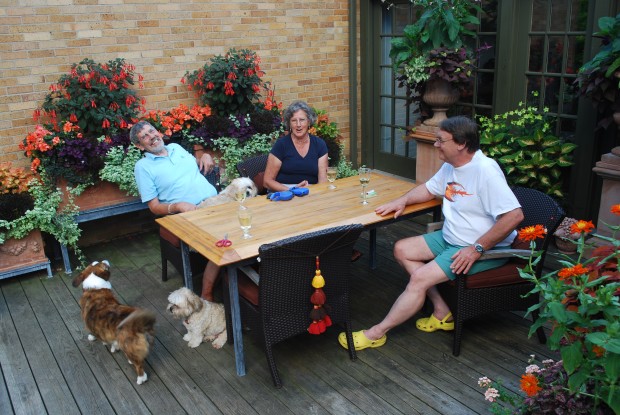 Buck makes those drawings with the help of a computer program programmed to precisely, and mathematically describe a form. He drives the bus. He tells the computer what he wants to see. The many years he spent as an architect required a working knowledge of how to translate a design into a drawing. Not just any drawing. A drawing that would spell out to a contractor exactly how to build a house, a stadium, a heating system, a plumbing plan, or a fruit cellar. A bell tower, or a topiary form, or a bench. But rest assured, a mathematically precise rendering of an idea of an object does in no way indicate that an object will be beautiful.
Buck makes those drawings with the help of a computer program programmed to precisely, and mathematically describe a form. He drives the bus. He tells the computer what he wants to see. The many years he spent as an architect required a working knowledge of how to translate a design into a drawing. Not just any drawing. A drawing that would spell out to a contractor exactly how to build a house, a stadium, a heating system, a plumbing plan, or a fruit cellar. A bell tower, or a topiary form, or a bench. But rest assured, a mathematically precise rendering of an idea of an object does in no way indicate that an object will be beautiful.
Man01 is a gesture in a beautiful direction. The proportion of a planter box for the garden is a key element of its design. How a person would relate to the dimension and proportion of that box, whether standing or sitting, will influence how a gardener eventually views, and reviews, that form. Every person has an idea all their own about what is beautiful and of interest. Each person likewise has an idea of what doesn’t move them. This makes garden ornament very difficult to design. One way we broaden our appeal is by offering different sizes. Comparing a set of possible sizes to the mano1 block helps us to decide what to build and what not to build. The computer is a tool that helps with the decision making process.
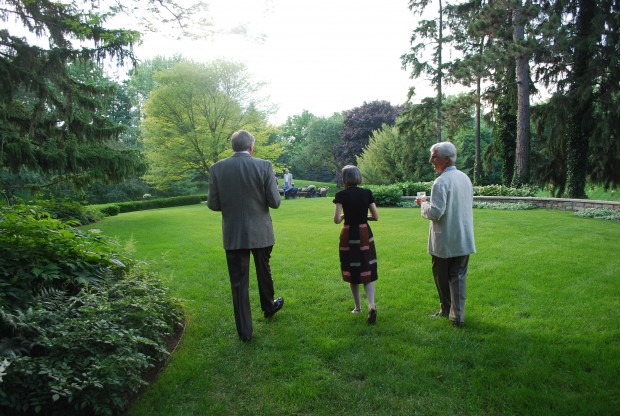 Man01 is a symbol on Buck’s drawings for scale and proportion. Woman01 is a scale I sometimes ask for from Buck. 5.5 feet. But no matter the gender, human scale is an element that should inform landscape design. A good feeling for the scale and proportion of a property, the plants, and the people can produce visually interesting relationships.
Man01 is a symbol on Buck’s drawings for scale and proportion. Woman01 is a scale I sometimes ask for from Buck. 5.5 feet. But no matter the gender, human scale is an element that should inform landscape design. A good feeling for the scale and proportion of a property, the plants, and the people can produce visually interesting relationships.
 Friends for dinner in the garden is great fun. Friends comfortable in the garden is an important part of design.
Friends for dinner in the garden is great fun. Friends comfortable in the garden is an important part of design.
